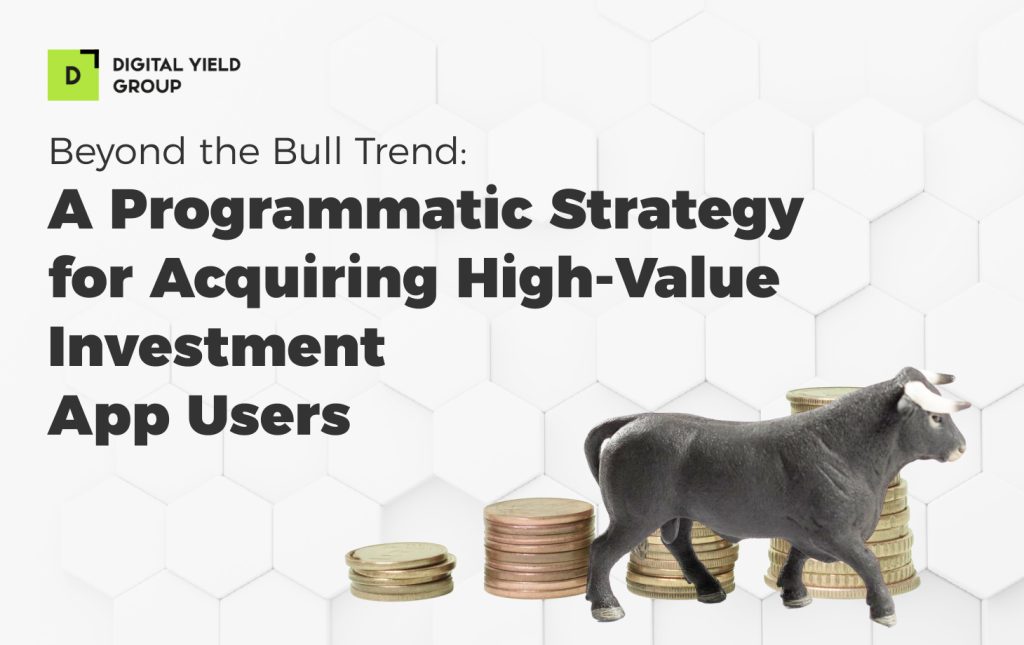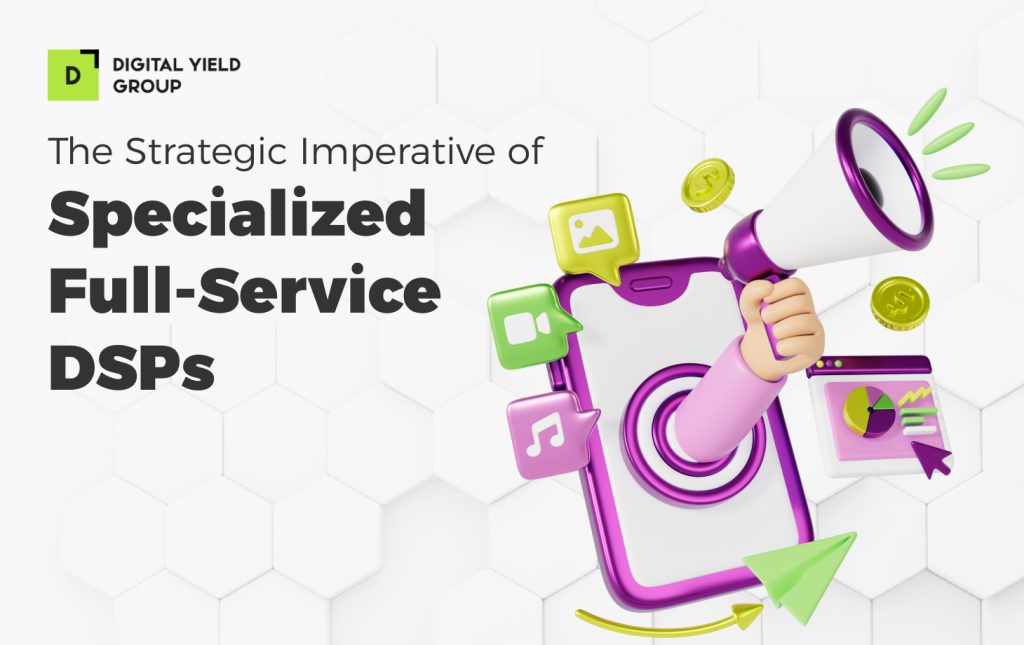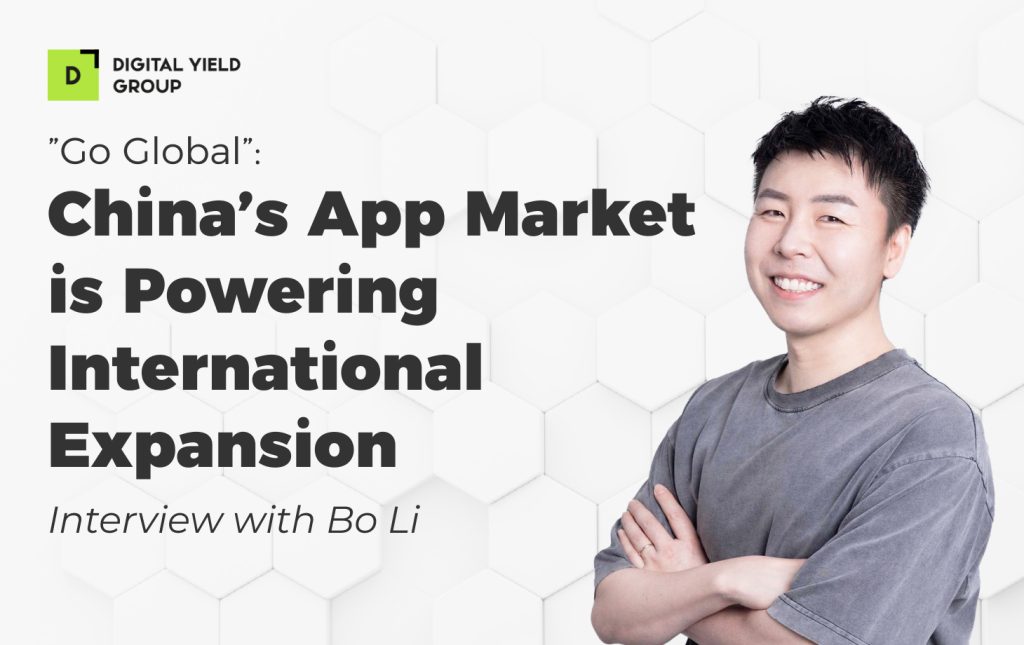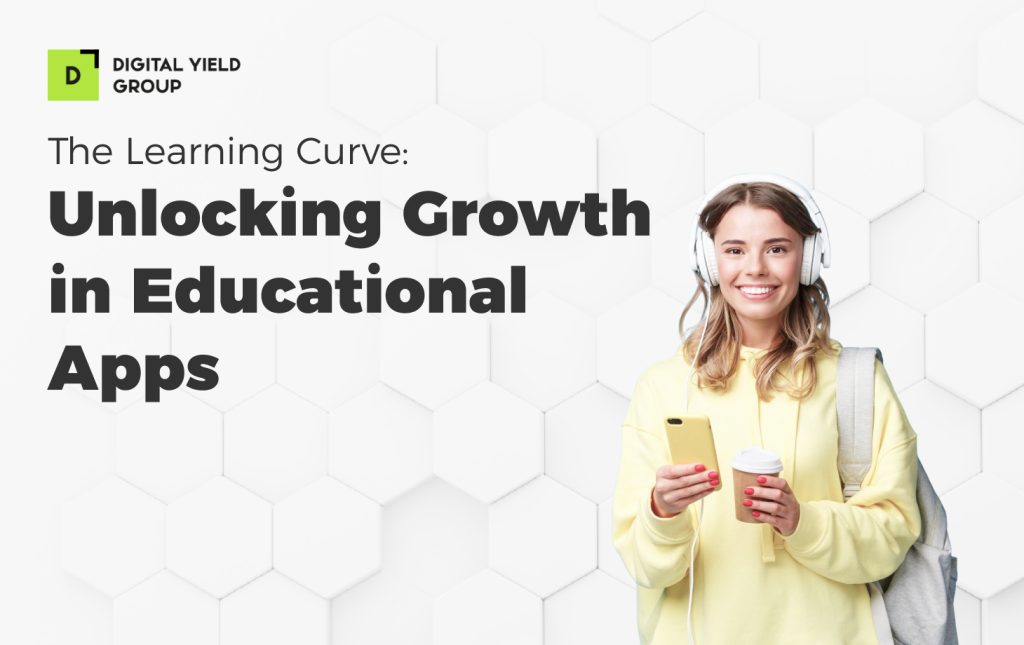Beyond the Bull Trend: A Programmatic Strategy for Acquiring High-Value Investment App Users

A quiet revolution is reshaping the way people invest. What used to be simple trading apps are now full-fledged financial ecosystems, packed with real-time insights, personalized content, virtual advisors, and more. As the FinTech sector raced toward a $188 billion valuation in 2024, one thing is certain: users expect more. They want tools that can help them make sense of volatile markets, not just push buttons. They seek extensive data, comprehensive tools, and guidance to navigate complex financial markets. For marketers, that means a major shift in acquisition strategy, toward long-term value, sustained engagement, and smarter, more relevant user journeys.
Understanding the Complex User Journey
Turning a new user into an active investor doesn’t happen in a single tap. The journey starts with discovery and installation, but real conversion depends on getting through a series of intricate and multi-layered steps: meticulous registration, mandatory identity verification via KYC and Anti-Money Laundering procedures, account funding, and ultimately, making a first trade. Each step introduces a risk of drop-off, making FinTech onboarding one of the most fragile funnels in app marketing.
Regulatory checkpoints, especially KYC and AML requirements, tend to be the biggest hurdles. These aren’t optional, and for good reason, but that doesn’t make them any easier on users, who feel that the process is time-consuming, and unnecessarily complex. In fact, FinTech apps see an average onboarding drop-off rate of 63%. Across Europe, that adds up to an estimated €5.7 billion in lost opportunities each year. Successful acquisition strategies can’t stop at the install. They need to be designed to smooth out the user experience without cutting corners. A well-built onboarding flow doesn’t just comply with regulation. It keeps people moving forward, even when the process gets technical.
The most valuable users tend to share a few things in common: financial confidence, a long-term mindset, and a steady interest in growing their knowledge. These are not the users chasing viral investment tips or jumping on trends such as “money dysmorphia,”. They’re deliberate. They take the time to research, compare, and build lasting habits. And when they find a platform that meets their standards, they tend to stick with it—and spend.
For marketers, this audience justifies a higher acquisition cost. They’re more likely to complete onboarding, fund accounts, and become repeat traders, which translates into stronger lifetime value. Reaching them takes more than broad targeting or surface-level messaging. It requires a strategy that respects their experience and offers real utility from the start.
Retention rates are a critical indicator of user value. In Q3 2024, Android FinTech apps saw retention inch up from 3% to 3.1%, while iOS apps moved from 6% to 6.6%. For this market, conversion is rarely immediate. It’s a gradual process, shaped by trust, transparency, and thoughtful design. Especially in a space where regulation and particularly KYC/AML adds friction, acquisition strategies need to nurture, not rush. This complexity necessitates a sophisticated, nurturing approach rather than a simple install-focused campaign.
The Programmatic Edge: Unlocking Precision in User Acquisition
For FinTech marketers, programmatic advertising offers something most channels can’t: end-to-end control across the full funnel. It enables deep segmentation using a mix of first-, second-, and third-party data, helping teams target specific audience segments with far more accuracy than traditional ad buys. Automation ensures consistency across channels and allows every budget decision to serve a clear purpose, reaching and converting the right users.
Justifying the Investment: Adjusting CPI for High LTV
Higher cost-per-install numbers often raise eyebrows. But in FinTech, where the goal is acquiring users who will fund accounts, trade regularly, and stick around, a higher CPI isn’t a red flag, it’s a strategic choice. When those users deliver strong lifetime value, the return justifies the investment.
Programmatic advertising helps make that trade-off work. Its granular targeting and nurturing capabilities consistently bring in users who are more likely to convert and stay. And the results back it up: companies using advanced optimization tools have cut their CPA by half, blocked 30% of fraud, and saved $300,000 in ad spend, all while increasing acquisition volume by 24%. In this space, chasing low CPI for scale alone often leads to shallow results. The metric that really matters is quality.
Connected TV: Reaching the Investor on the Big Screen
CTV presents an unparalleled opportunity to engage affluent investors within a premium, relaxed viewing environment, in a setting that’s premium, distraction-free, and often associated with credibility. Bloomberg TV, for instance, reaches over 310 million households and attracts a concentrated viewership of executives and financial professionals. With programmatic CTV, campaigns can be fine-tuned to reach specific user segments, connect ad exposure to measurable outcomes, and support cross-device retargeting. For brands focused on trust and long-term growth, showing up in this environment can make all the difference by building brand credibility that is essential for driving conversions.
DSP Capabilities: Orchestrating Your Cross-Channel Symphony
Behind the scenes, Demand-Side Platforms power the cross-channel orchestration that makes this all possible. Modern DSPs support campaigns across video, display, audio, and CTV, and connect directly to top-tier ad networks and exchanges. They enable the simultaneous execution and optimization of campaigns across disparate channels, granting advertisers access to premium inventory from top Supply-Side Platforms.
What sets top DSPs apart is their ability to optimize in real time. AI-driven tools adjust bids and placements on the fly, drawing on high-quality audience data to refine targeting as campaigns unfold. In FinTech, where the audience expects relevance and expertise, this level of precision is essential. Generic messaging doesn’t work. Smart targeting does.
Conclusion
The landscape is shifting, and so are the expectations. For FinTech marketers, success means letting go of surface-level acquisition goals and building strategies that drive long-term value. It’s no longer enough to count installs. Growth depends on meeting the right users with the right message, across the channels where they actually spend their time, and guiding them through a thoughtful, full-funnel journey.
This calls for a programmatic approach that’s both sophisticated and grounded in real outcomes. One built on advanced DSPs, validated through trusted MMPs, and optimized for real-world performance, not just metrics. At DYG, we work with FinTech brands to bring these pieces together, connecting strategy, creative, and data to acquire high-value users and keep them engaged.
The opportunity is there. But so is the competition. Now’s the time to act, while the window is still open and the upside is clear.


